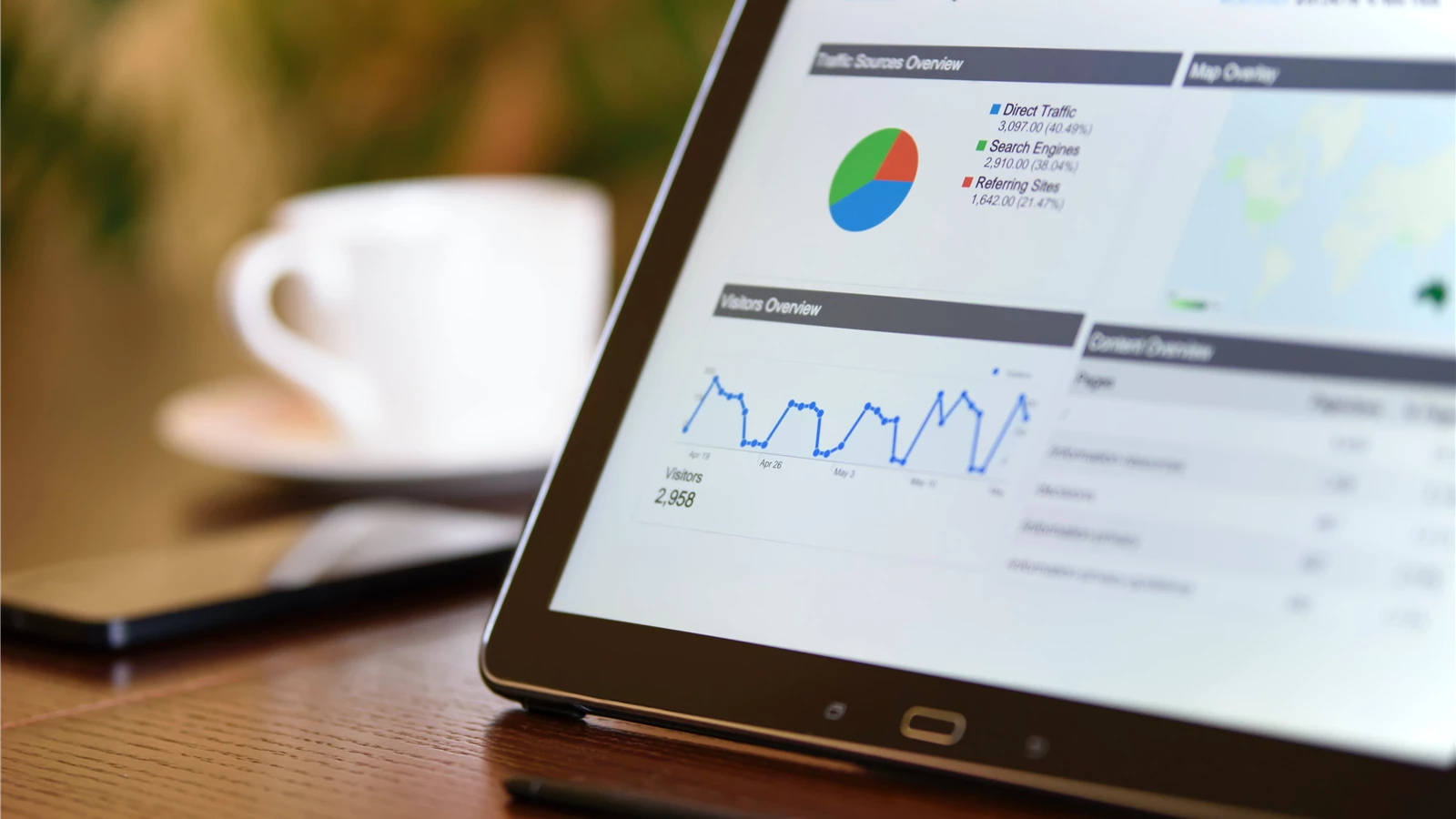What are KPIs and Metrics?
KPIs (Key Performance Indicators) and metrics are essential components of digital marketing, providing valuable insights into your performance and helping you gauge your progress toward achieving your business objectives. Here's a closer look at these crucial elements:
KPIs: Key Performance Indicators
Key Performance Indicators (KPIs) are quantifiable and measurable values that offer a clear indication of how effectively you are progressing toward your business objectives. KPIs are inherently linked to your overarching vision, mission, and goals, serving as yardsticks for evaluating your performance.
Metrics: Quantitative Measures
Metrics, on the other hand, are quantitative measures that provide specific data and information about various facets of your digital marketing activities. Metrics serve as tools for monitoring, analyzing, and understanding your performance, enabling you to identify trends and patterns that can inform your decision-making.
Why Are KPIs and Metrics Important?
KPIs and metrics are indispensable in the digital marketing landscape because they serve several critical functions:
- Performance Evaluation: They allow you to understand how well you are performing in comparison to your set goals and expectations.
- Optimization: KPIs and metrics help identify what aspects of your digital marketing strategy are working well and where improvements are needed, allowing you to optimize your efforts effectively.
- Resource Management: By assessing the performance data, you can allocate your budget and resources more efficiently, ensuring they are used where they can have the most impact.
- Stakeholder Communication: KPIs and metrics are a vital means of communicating your results and achievements to stakeholders, be it your team, management, or investors.
- Demonstrating Value: They serve as concrete evidence of the value and impact of your digital marketing efforts, helping you showcase the return on investment (ROI).
How to Select the Right KPIs and Metrics for Your Digital Marketing Strategy?
Selecting the appropriate KPIs and metrics is a nuanced process that hinges on the unique goals and nuances of your digital marketing strategy. Here are some guidelines to assist you in this endeavor:
- Start with Your Business Objectives: Your first step should be aligning your KPIs and metrics with your business objectives. Clarify what you aim to achieve, such as increasing sales, generating leads, or enhancing customer loyalty.
- SMART KPIs: Ensure that your KPIs adhere to the SMART criteria – Specific, Measurable, Achievable, Relevant, and Time-bound. This helps in setting clear and attainable targets. For example, instead of a vague goal like "I want to grow my email list," specify it as "I want to increase my email subscribers by 10% in the next quarter."
- Alignment with Channels and Activities: Depending on the digital marketing channels and activities you employ (e.g., SEO, social media, email marketing, or content marketing), you will require different KPIs and metrics tailored to each channel's unique characteristics. For example, for SEO, KPIs could include keyword rankings, organic sessions, bounce rate, and conversion rate.
- Blend of Qualitative and Quantitative Metrics: Utilize a combination of qualitative and quantitative metrics. Quantitative metrics offer numerical data that can be measured and compared, such as clicks, views, or downloads. Qualitative metrics provide insights into the quality and perception of your digital marketing activities, such as customer satisfaction, feedback, or sentiment. Both types are necessary for a holistic view of your performance.
- Keep It Simple: Avoid the temptation to measure everything at once. Concentrate on the most pertinent and relevant KPIs and metrics that mirror your primary goals and priorities. Employ tools and platforms that streamline data collection, analysis, visualization, and reporting.
Examples of Common KPIs and Metrics for Different Digital Marketing Channels and Activities
For inspiration, here are some examples of common KPIs and metrics for various digital marketing channels and activities:
SEO:
- Keyword Rankings: The position of your website in search engine results pages (SERPs) for targeted keywords.
- Organic Sessions: The number of visits to your website originating from organic search sources.
- Bounce Rate: The percentage of visitors who exit your website after viewing only one page.
- Conversion Rate: The percentage of visitors who complete a specific action on your website, such as filling out a form or making a purchase.
Social Media:
- Followers: The number of individuals following your social media accounts.
- Engagement: The number of interactions generated by your social media posts, such as likes, comments, shares, or reactions.
- Reach: The number of individuals exposed to your social media posts.
- Click-Through Rate (CTR): The percentage of users clicking on a link in your social media posts.
Email Marketing:
- Open Rate: The percentage of recipients who open your email.
- Click-Through Rate (CTR): The percentage of recipients who click on links within your email.
- Unsubscribe Rate: The percentage of recipients who unsubscribe from your email list.
- Return on Investment (ROI): The revenue generated by your email campaigns divided by the cost of running those campaigns.
Content Marketing:
- Page Views: The number of times a webpage on your website is viewed.
- Time on Page: The average duration visitors spend on a webpage.
- Social Shares: The number of times your content is shared on social media platforms.
- Leads: The number of potential customers who express interest in your products or services by providing their contact information.
These examples provide a starting point for selecting KPIs and metrics that align with your specific digital marketing strategy and objectives.



